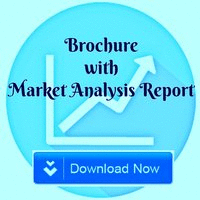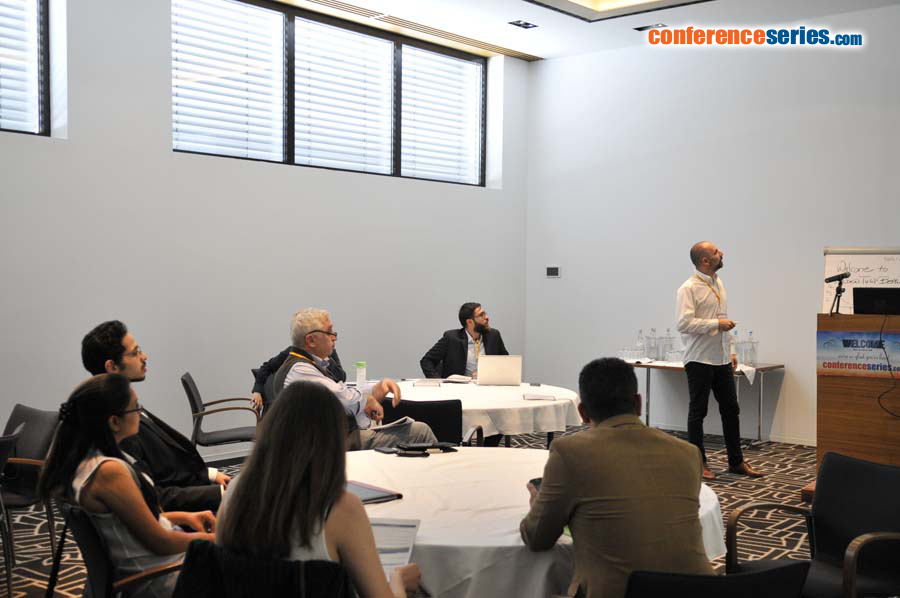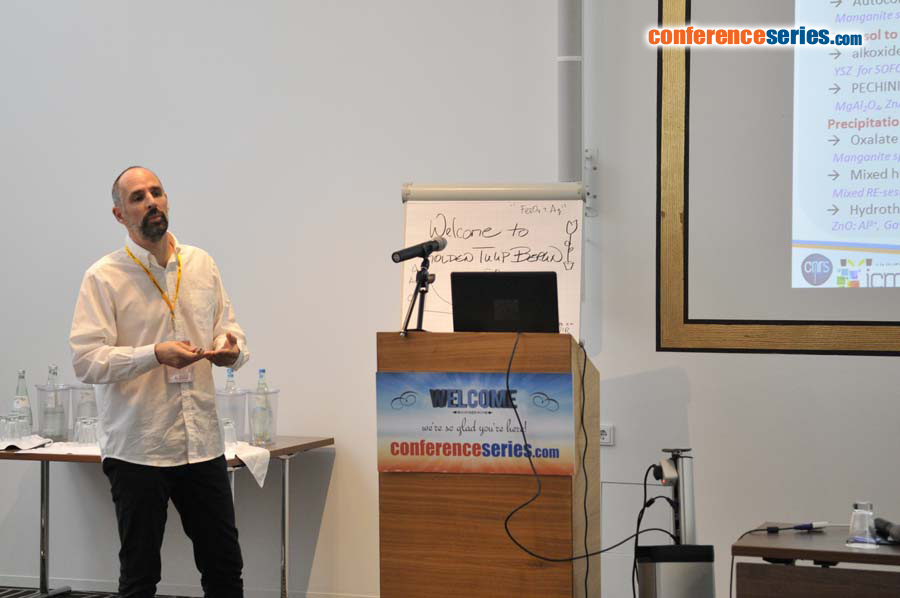
Manuel Gaudon
University of Bordeaux, France
Title: Crystallite size, composition and structural feature correlations and their impact on opto-electronic properties of inorganic oxides
Biography
Biography: Manuel Gaudon
Abstract
From more than a decade, in the Institute of Condensed Matter Chemistry of Bordeaux, we have been trying, to elaborate new functional nanomaterials with their optical properties controlled both via the crystalline structural network (solid chemistry approach) and via the crystalline size and shape (material science approach). Especially, nano-powders for pigment applications are concerned. In this talk, the focus is made on the importance of the synthesis route for the obtaining of nano- or submicronic particles: mechanosynthesis, sol gel processes, co-precipitation, spray pyrolysis, Pechini process, polyol synthesis, etc., are briefly described and compared in term of relative cost and drawbacks/benefits. Especially, the influence of the crystalline domain size on the optoelectronic properties of inorganic oxides is discussed from numerous examples: Influence of crystalline size on the structural parameters, on dopant solubility limit as well as on chemical homogeneity (atomic positions and unit-cell dimensions) is illustrated from the study of n-doped ZnO obtained from polyol route; Influence of the crystalline size on the interstitial site symmetry (key factor governing the optical properties) and its consequence on the red chromaticity of hematites; Influence of the crystalline size on cationic distribution inside multisite matrices, especially on the (Co2+, Mn2+) chromophore distribution inside white spinel matrix; Influence on the crystalline size and shape on the phase transition pressure-temperature associated with piezochromic-thermochromic phenomenon in AMoO4 compounds. Finally, it will be shown that nowadays, such materials receive attention due to their potential applications as smart pigments, convivial temperature/pressure indicators, in the areas of safety/security improvements, gadgets, packaging, motorization, autoclaves, shock detection on fragile substrates, etc.





